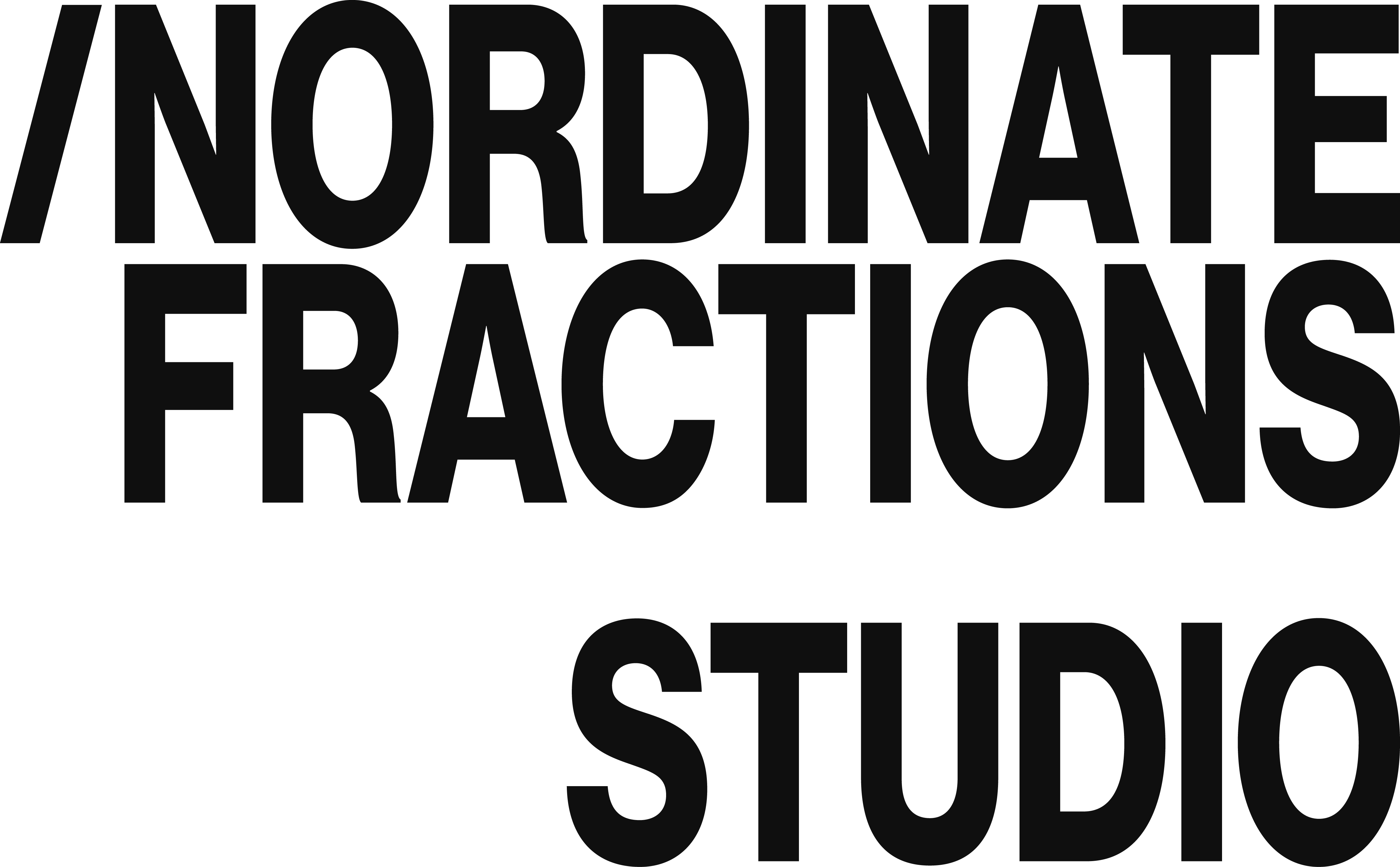2049, Augmented Architecture.
2019
Collaborator: JFXA
Today's physical spaces are becoming a mix of digital and real entities.
2049 is a speculated future where we all can already start constructing our boundaries or spaces through the way we navigate ourselves in the environment.
The virtual world is a park of the 21st century that is yet to be defined. It has no body but act like a park in which it is an ideal place for togetherness, that subtly speak out to many once you enter.
However, the virtual world does not bring together the spatial and emotional closeness. It is a time in a world where technologies can start integrating us with the environment turning everyone into an instrument to construct the virtual architecture or universe.
We think that society has reached the tipping point where imagining the virtual universe as a park that belongs to everyone is urgently needed.2049 borrowed the idea of using olfactory stimuli for narrating individual desires across continents, and create very subtle communication between our consciousness and the environment. Triggered by the idea of how olfaction are able to evoke autobiographical memories and experiences, this proposal attemps to inspire a re-imagining of what else is possible in the future, for one to construct own virtual spaces that are able to satisfy individuals' needs and desires.
This proposal was conceptually drawn and animated as a competing entry for the virtual pavilion organized by the Serpentine Gallery / Institution. We wanted to explore the notion of augmented reality beyond what we already knew from the science fiction culture since the '80s which highly emphasized the visual-virtual extension. We wanted to stretch the idea of augmented reality beyond its own genre by reinforcing that 'A.R. IS NOT ABOUT YOUR EYES' nor computer vision mapping but it is more about 'Augmenting the presence of space that engages with our cognitive abilities that could draw our memory back from the schema'. In cognitive theory, our visual sensory organ (eyes) by de facto has the ability to pull in more information than other sensory organs and could change the way we perceive a spatial reality. However, the augmentation of reality needed more than the power of the eye; To augment is to disrupt our existing schema (Virtual map/script). Hence, we think apart from the eye, we can hack our sense of smell by augmenting the smell of the existing site and perhaps others in the later stage. Serpentine and Hyde park is our testbed. This merely demonstrates the not an atypical architecture installation that demonstrates the tectonics but a lab that helps us understand the intersection of cognitive science, built environment and human behavior.


